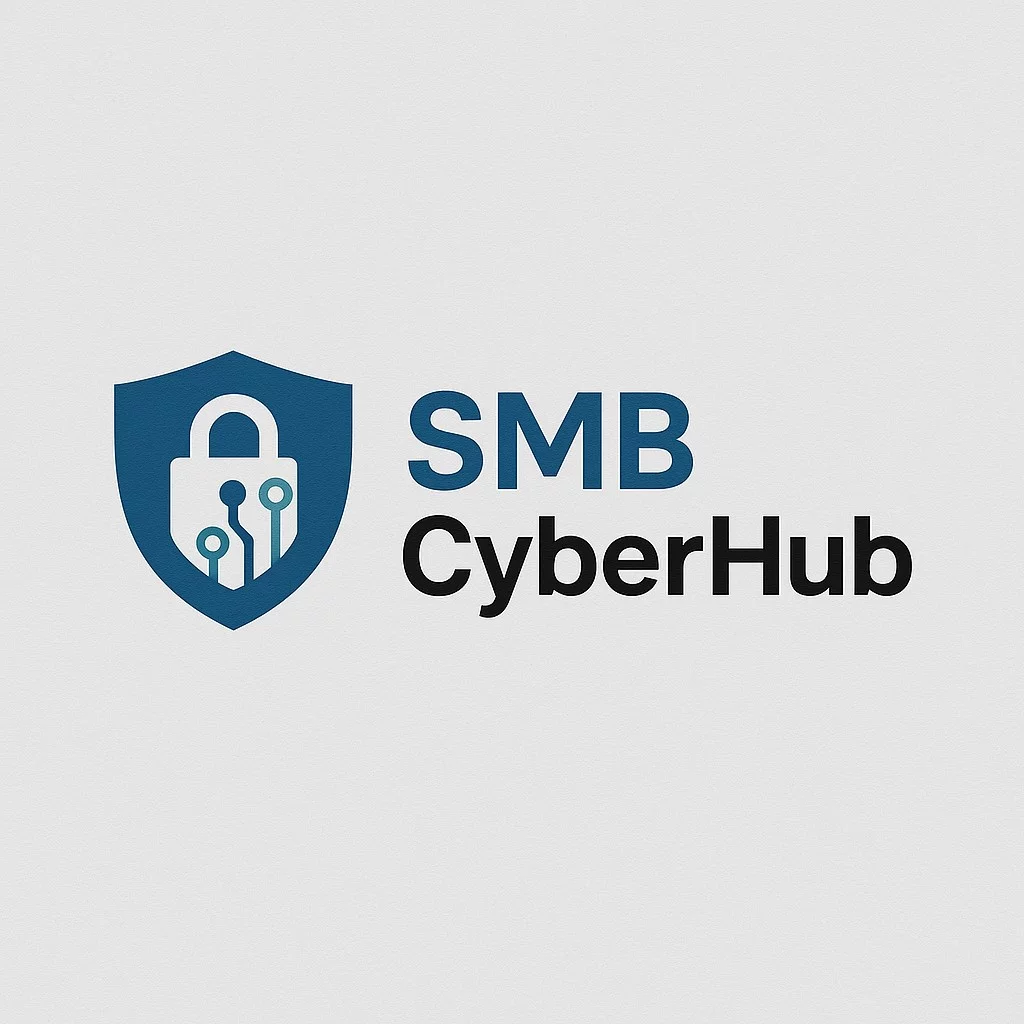What Happens After a Phishing Click? (And What You Should Do)
14 Jul 2025
Someone on your team clicked a phishing email. Now what?
Here’s what actually happens behind the scenes — and what to do next to limit damage.
🐛 Step 1: Malware or Credential Theft Begins
Phishing emails usually contain:
- A link to a fake login page (to steal passwords)
- A malicious attachment (that installs malware or ransomware)
🚨 Step 2: The Attacker Gains Access
If a password is entered or malware runs, the attacker may:
- Log in to cloud apps
- View or download files
- Install further payloads
- Attempt internal phishing from the compromised account
🔍 Step 3: You Discover It (or the Attacker Slips)
Signs of a phishing click:
- Unusual login location notifications
- Colleagues receiving suspicious emails from you
- Files disappearing or being encrypted
✅ Immediate Response Checklist
- Disconnect the device from the internet
- Change passwords for any accounts accessed on the device
- Notify your manager or IT/security contact
- Document the event and any steps taken
- Check backups and start forensic analysis if needed
💡 Tips for Prevention Next Time
- Don’t punish the user — train them
- Encourage early reporting over silence
- Use email security tools with phishing protection
- Enable MFA on all major tools
“It’s not about blame. It’s about response time.”
🕒 Estimated Reading Time: 4 minutes
🔐 Aligned With: GDPR Article 39.1(b), ISO27001 Clause 7.2.2
